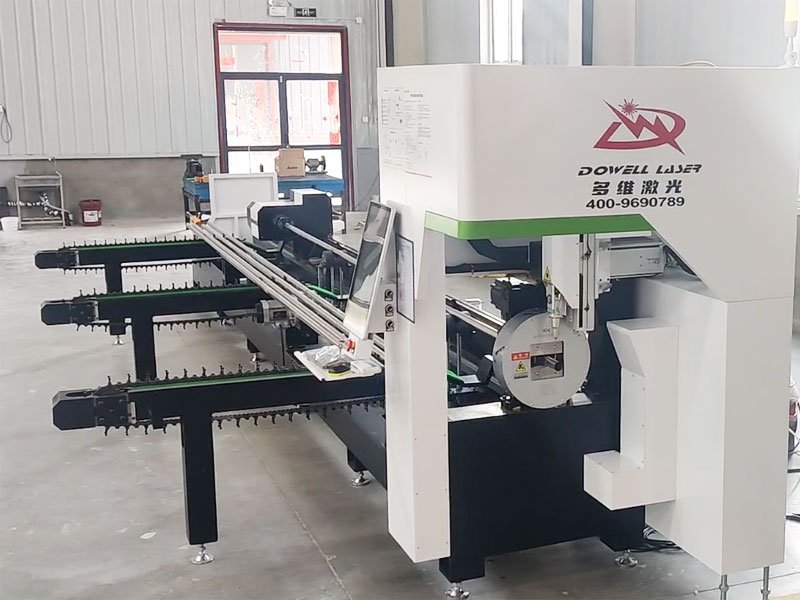The increasing application of laser cutting technology in the kitchenware manufacturing industry has brought significant improvements in production efficiency and product quality. Kitchenware metal laser cutting machine have become an ideal choice for current kitchenware production due to their high precision, fast cutting speed, and flexible design.
Kitchenware metal laser cutting machine is a special type of laser cutting machine, this product is mainly used to cut metal sheet for the production of kitchenware and cooking equipment. In the kitchenware industry, laser cutting machines are used to precisely cut and shape a variety of metals, including stainless steel, aluminum and copper.
These metals are commonly used to produce cookware, bakeware, cutlery and other kitchen utensils. Using kitchenware metal laser cutters, manufacturers can create complex designs and shapes, resulting in quality products that are as functional as they are beautiful.
kitchenware metal laser cutting machine factories provide 1530 laser cutting machines, the power of 1000w 1500w 2000w 3000w is enough for use.
Laser cutting achieves extremely high edge quality without the need for additional polishing or treatment after cutting. This is because the laser beam is focused on a small spot, minimizing the heat-affected zone and thus avoiding deformation or damage to the material. This fine processing effect is particularly important for high-end kitchenware
Laser cutting machines can process a variety of metal materials, such as stainless steel, aluminum alloy, etc., without the need to frequently replace or adjust equipment. This reduces equipment investment and maintenance costs, while reducing material waste, further saving production costs.
Non-contact processing, compared with traditional cutting processes, produces less waste and reduces environmental pollution during operation.
Laser cutting machines are usually equipped with CNC systems, which are simple to operate and have low labor intensity. A high degree of automation means that manual intervention can be reduced, the consistency and reliability of production can be improved, and the risk of human error can be reduced.
Metal kitchen utensils mainly include: tableware (knife, fork and spoon), pots (pots, basins, frying pans), decorations, etc. Laser cutting technology can be used to produce various metal kitchen utensils.
The accuracy and precision of laser cutting also reduces the risk of errors and material waste, saving time and money during production. In addition, laser cutting machines can produce small batches of customized products or prototypes of new designs in a short period of time.
This makes them ideal for small businesses, start-ups and entrepreneurs looking to launch new products or designs. In conclusion, a kitchenware metal laser cutting machine is an invaluable tool for producing high-quality, precision and custom-designed kitchenware and cooking equipment.

Produce kitchen cabinets of various materials, such as stainless steel, aluminum alloy, etc. Laser cutting machine for kitchen cabinet high precision and flexibility enable manufacturers to quickly realize complex cabinet door shapes and structural designs to meet personalized needs
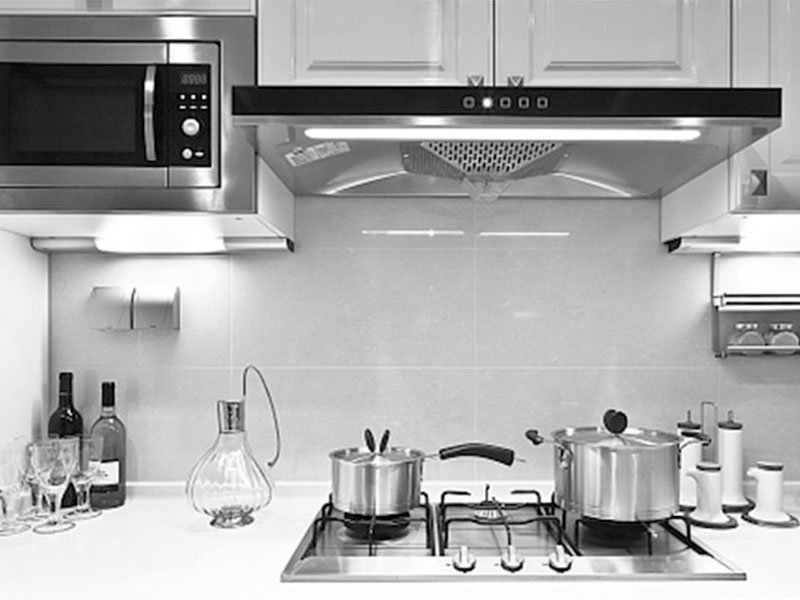
Kitchen appliances such as rice cookers, microwave ovens, and range hoods usually use metal shells. Laser cutting can efficiently cut metal sheets such as stainless steel and aluminum alloys to make precise electrical shells and ensure appearance quality
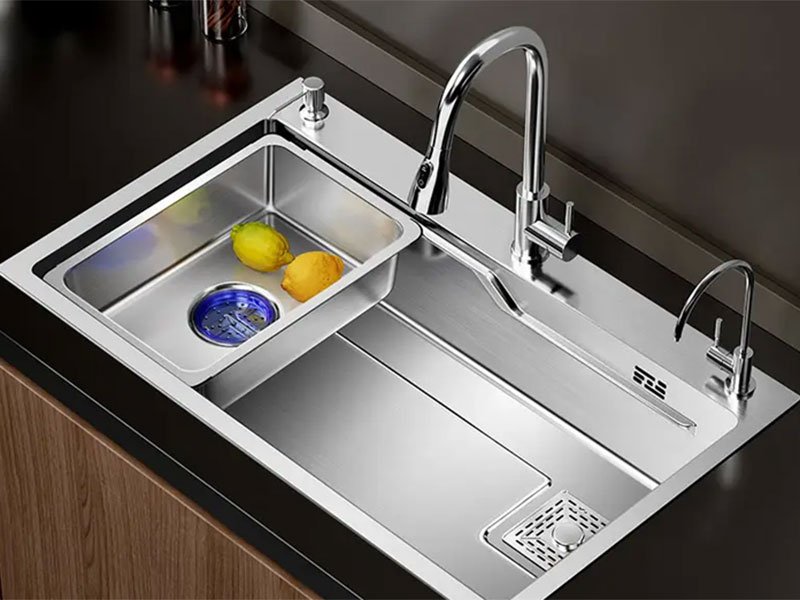
Stainless steel sinks are all manufactured using laser cutting technology. Laser cutting can quickly and accurately cut stainless steel plates, and even complex sink shapes can be easily realized

It is widely used in tool production and can be used to cut various blade shapes. Its high precision and smooth cutting surface help improve the cutting performance and aesthetics of the tool
The cutting speed and efficiency of different materials are also different. Generally speaking, stainless steel and aluminum alloys have faster cutting speeds, while copper materials may take longer to complete the same thickness cutting due to their characteristics.
Different materials may require different post-processing steps after laser cutting. For example, a stainless steel sink may require deburring and polishing, while aluminum alloy and copper products may require special surface treatment to prevent oxidation.
Due to different material properties and processing difficulties, the processing costs of different metal materials are also different. Laser cutting machines are more commonly used on stainless steel and aluminum alloys because they can provide higher cost-effectiveness.
When laser cutting machines are used to process kitchen utensils made of different metal materials, their application effects, efficiency, cost and post-processing requirements are different. These factors determine that manufacturers need to make comprehensive considerations when selecting materials and processing technologies to achieve the best production results.
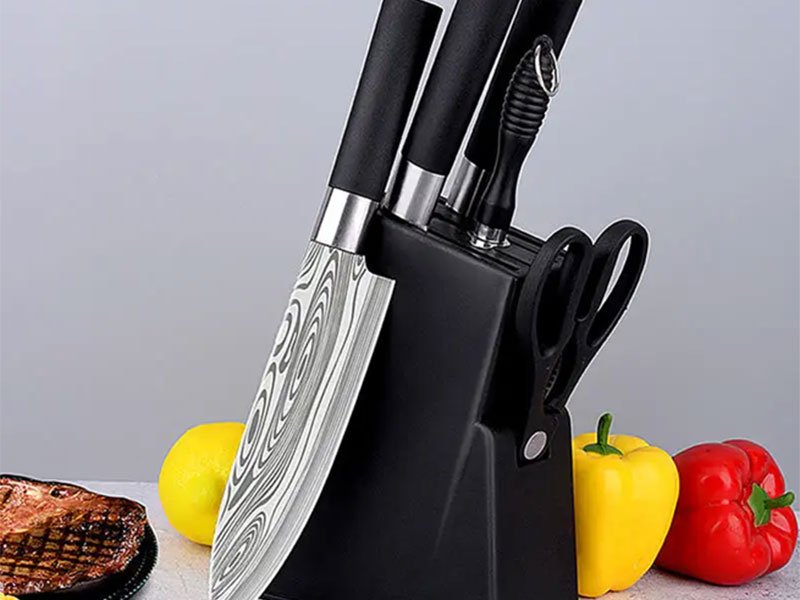
1.Customized and personalized products
Laser cutting technology allows kitchenware manufacturers to customize and personalize designs according to customer needs. Through computer-aided design (CAD) software, laser cutting machines can easily achieve complex patterns and shapes to meet the market demand for diversified products. This flexibility allows manufacturers to respond quickly to market changes and launch new products.
2.Improve production efficiency
The high cutting speed and low material waste of laser cutting machines make the production process more efficient. Compared with traditional methods, laser cutting reduces the need for secondary processing and improves overall production efficiency. In addition, laser cutting can process multiple workpieces at the same time, further saving time and labor costs.
3.High-quality cutting effect
Laser cutting can achieve extremely high edge quality without additional polishing or processing after cutting. This is because the laser beam is focused on a small point, which minimizes the heat-affected zone and avoids deformation or damage to the material. This fine processing effect is particularly important for high-end kitchenware.
4.Wide range of applications
In addition to traditional stainless steel kitchenware, laser cutting technology can also be used to make other equipment in the kitchen, such as range hoods, gas stoves, etc. These devices usually use thin stainless steel sheet metal, and laser cutting can achieve efficient and high-quality processing
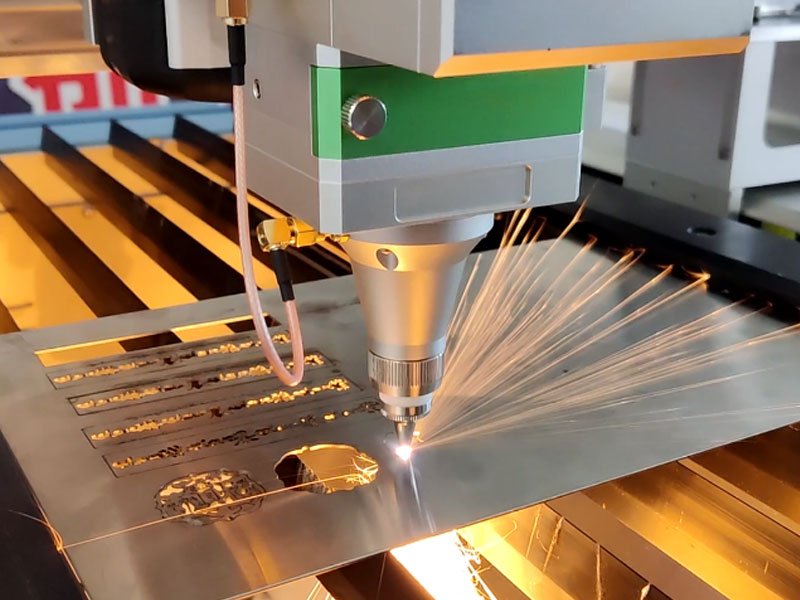
Laser-cut kitchenware usually requires post-processing steps such as cleaning, deburring, surface treatment (such as polishing or pickling), and quality inspection.
Fiber laser cutting machines can reduce overall production costs by reducing material waste and labor costs, improving production efficiency.
During the laser cutting process, some molten metal and dirt may remain on the cutting edge. The first step of post-processing is to clean the sink to remove these residues and ensure a smooth surface.
Laser cutting may produce burrs at the cut, affecting the appearance and safety of the sink. Using deburring tools or mechanical polishing equipment, these burrs can be effectively removed to make the cut smoother.
In order to improve the corrosion resistance and aesthetics of stainless steel sinks, surface treatment is usually required. This may include:
If the sink design contains multiple parts (such as a double-slot design), welding is required to connect the parts together. The quality of the weld should be checked after welding to ensure that there are no false welds and defects.
After completing the above operations, the stainless steel sink needs to be inspected
The stainless steel sinks that have been post-processed and inspected should be properly packaged to prevent damage during transportation.
It can ensure that the stainless steel sinks produced after laser cutting meet high quality standards and meet market demand.

15 years of CNC laser cutter equipment manufacturing experience, making cutting easier
We will contact you within 1 working day, please pay attention to the email with the suffix “@dwlaser.net”.


